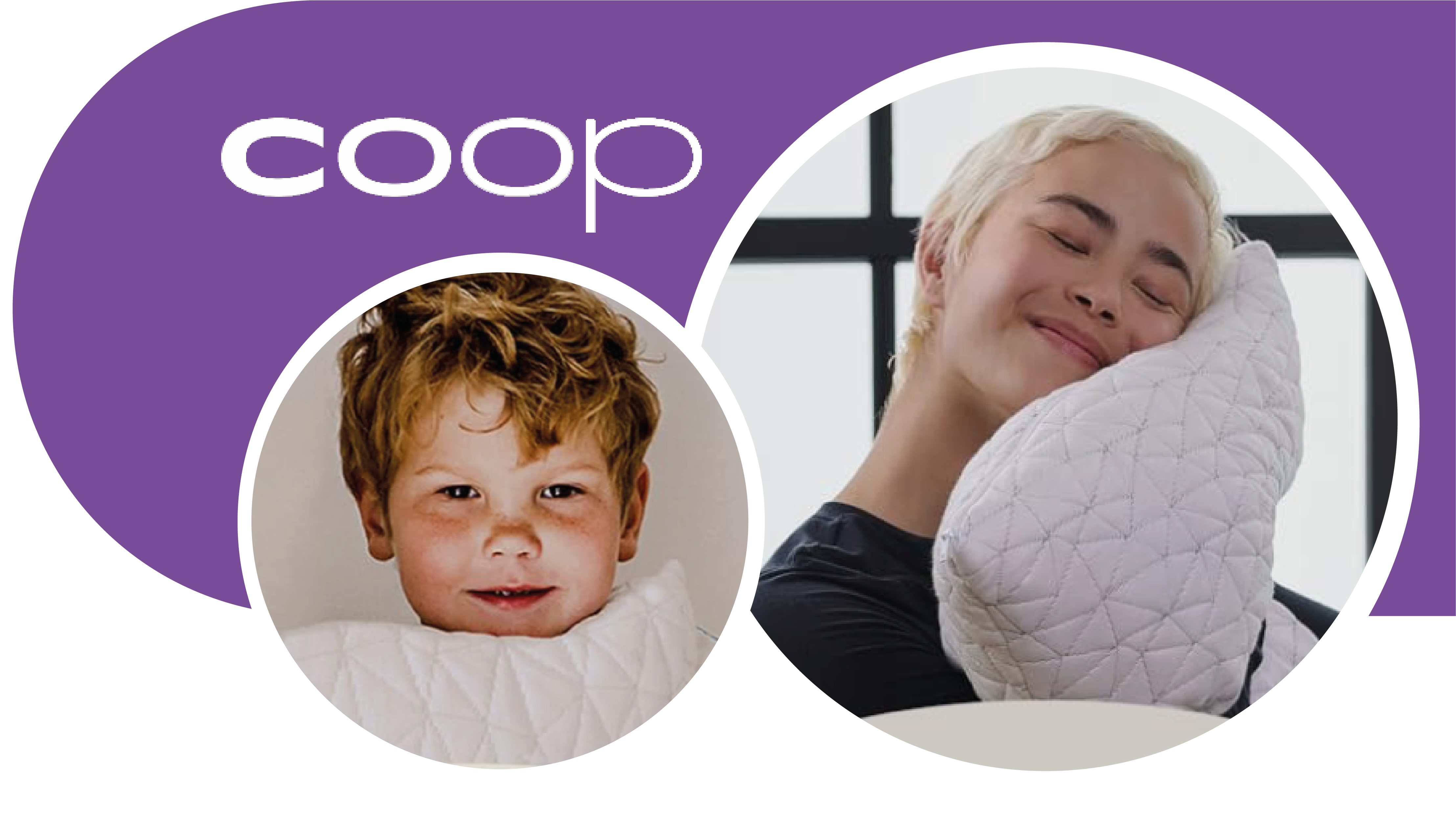

MAXIMAZING SALES GROWTH THROUGH
INTEGRATED AMAZON ADVERTISING:
A Case Study of Coop Home Goods

Introduction
Coop Home Goods, a leading provider of premium bedding products on Amazon, encountered challenges in understanding the effectiveness of their advertising initiatives on the platform.
The brand sought to optimize the synergy between Demand Side Platform (DSP) and Sponsored Products (SP), enhance overall sales growth, and achieve optimal budget allocation without increasing the total budget.

Sponsored Products (SP)
+
Demand Side Platform (DSP)

Objective

The primary objective was to elevate audience coverage and drive sales growth through a strategic increase in the DSP budget. This goal was underpinned by three core questions:

01
Are DSP and SP working synergistically to optimize advertising performance?

02
Is the increased investment in DSP contributing to overall sales growth?

03
How can the brand achieve optimal budget allocation within the existing budget?


Approach and Solution
Following a comprehensive analysis, key insights were revealed:

17% of the reached audience was targeted by both DSP and SP.


The conversion rate of the audience reached by both DSP and SP was remarkably higher (55 times) than the audience reached by SP alone, leading to a 3.6-4.6 times increase in Return on Ad Spend (ROAS).

A strategic approach was adopted, including:

Continuous campaign launches across multiple advertising channels to ensure a broader audience reach.

Continuous campaign launches across multiple advertising channels to ensure a broader audience reach.Utilization of DSP's Amazon Audience Creation feature during the promotional phase to retarget the audience who had interacted with SP ads.


Results
The analysis revealed that audiences exposed to both DSP and SP demonstrated
3.6-4.6 times higher ROAS
compared to SP-only audiences.

Additionally, the highest conversion rate was attributed to DSP-initiated ads, accounting for
71%
of all purchasers.


of sales were completed via conversion, indicating proactive research behavior among users before making a purchase.

Notably
75%
MTA Based Budget Allocation:
A Multi-Touch Attribution (MTA) analysis using Markov Chain modeling demonstrated that by increasing the proportion of the DSP advertising budget to 64%—while keeping the total budget constant—total sales could potentially rise by 44.5%.

64%
44.5%
increase in DSP advertising budget
increase in total sales
keeping the total budget constant
Conclusion
In response to these findings, Coop Home Goods made strategic adjustments to their advertising approach, resulting in a 16% higher ROAS for DSP and impressive 99% sales growth for the brand.
Key Conversion Rates:


This case study outlines how Coop Home Goods leveraged integrated Amazon advertising to achieve significant sales growth and optimize their advertising performance on the platform.

